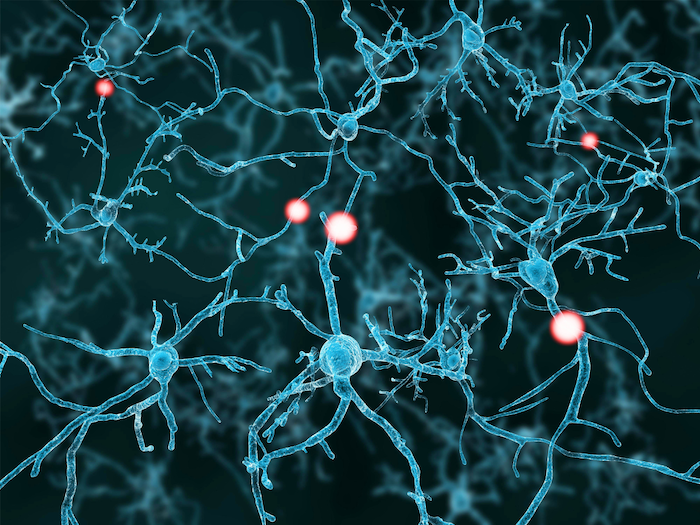MIT Chemists Harness Generative AI to Rapidly Model 3D Genomic Structures
In a groundbreaking development, researchers at MIT have harnessed the power of generative artificial intelligence to unravel the intricate three-dimensional structures of the genome. This advance could revolutionize our understanding of gene expression patterns, which play a crucial role in differentiating cell types—like brain cells from skin cells—despite each cell containing the same genetic blueprint. […]


In a groundbreaking development, researchers at MIT have harnessed the power of generative artificial intelligence to unravel the intricate three-dimensional structures of the genome. This advance could revolutionize our understanding of gene expression patterns, which play a crucial role in differentiating cell types—like brain cells from skin cells—despite each cell containing the same genetic blueprint. The newly developed technique, which allows for rapid modeling of chromatin structures, opens new avenues for exploring how genetic structural variations impact cellular functions and overall health.
At the heart of this research lies the recognition that while the genetic code within each cell remains constant, the manner in which these genes are expressed is influenced by a complex interplay of factors, including the three-dimensional arrangement of DNA within the nucleus. This spatial organization dictates which genes are accessible for transcription, thereby influencing cellular identity and function. The team’s innovative approach employs AI to predict how specific DNA sequences may fold into distinct structural conformations, providing insights into the mechanisms of gene regulation across various cell types.
The model developed by MIT chemists, known as ChromoGen, represents a significant leap forward compared to traditional experimental methods for
Tags: 3D genomic structure modelingAI-driven predictions in geneticscellular function and identitychromatin structure modeling techniquesChromoGen modeling advancementsgene expression patterns analysisgenerative artificial intelligence in genomicsimpact of genetic structural variationsinnovative approaches in genomic studiesMIT research in gene regulationspatial organization of DNAunderstanding gene accessibility for transcription
What's Your Reaction?

































